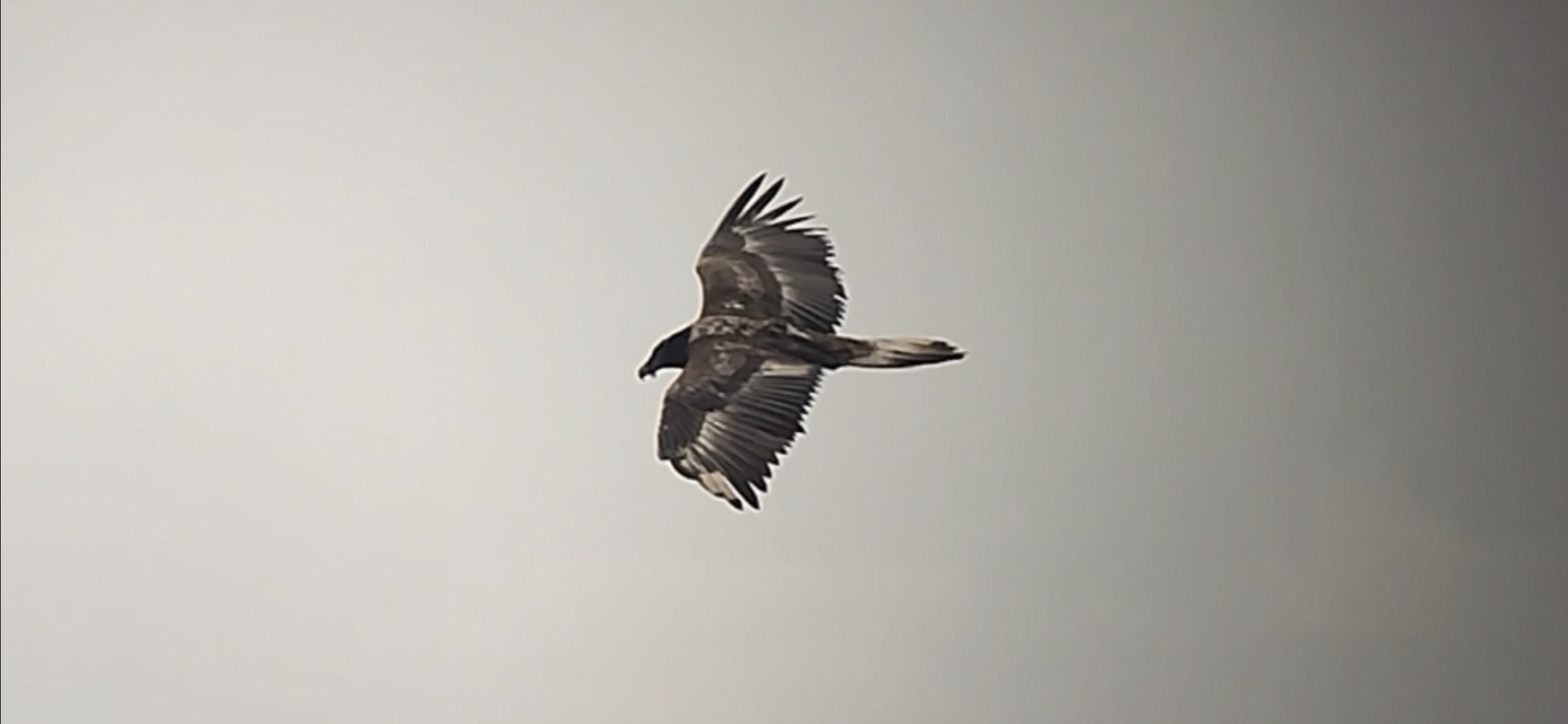The VCF has been releasing captive-bred young bearded vultures in the Alps (since 1986) – and more recently in Andalusia (since 2006) and Grands-Causses/Massif Central (since 2010), with the aim to re-establish the species across European mountain ranges where it had disappeared.
The bearded vulture is now firmly established in the Alps – this year 35+ pairs are breeding, while last year also marked the first breeding in the wild in Andalusia following extinction there in the mid-80s.
While this method is costly – the VCF manages the bearded vulture captive breeding network, that includes 160+ birds in at least 40 zoos and centres, including 5 specialized captive breeding units- and slow – bearded vultures take up to 10 years to mature sexually, we believe this is the only tool that secures behaviourally adapted individuals for reintroduction into the wild, and does not cause any impacts on existing autochthonous populations.
Now a scientific paper just published in the Journal of Applied Ecology (see below) endorses the VCF method and action. The authors compared the release of captive-reared chicks with an alternative method based on extracting young from nests helped by supplementary feeding on poor-quality territories in the Pyrenees, Europe’s largest autochthonous population.
The author’s analyses do not reveal any positive effect of supplementary feeding on productivity. The authors own analyses also suggest that the donor population would not be that resilient to the extraction of young.
In short, the authors conclude that reintroduction projects should follow sound scientific assessments of and cost-efficiency analyses, and that governmental agencies and NGOs decisions should be based on the best scientific evidence. They conclude that while experimental approaches in reintroduction biology are valid, solid reintroduction programmes of bearded vultures should not rely on the extraction of individuals from endangered populations.
![]() Supplementary feeding and young extraction from the wild are not a sensible alternative to captive breeding for reintroducing bearded vultures Gypaetus barbatus Margalida_et_al-2016-Journal_of_Applied_ Adobe Acrobat Document 265.0 KB Download
Supplementary feeding and young extraction from the wild are not a sensible alternative to captive breeding for reintroducing bearded vultures Gypaetus barbatus Margalida_et_al-2016-Journal_of_Applied_ Adobe Acrobat Document 265.0 KB Download



